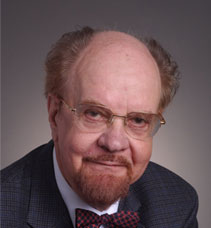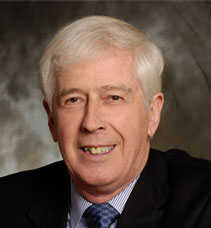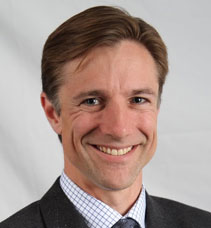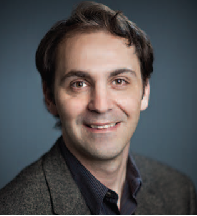The Eyes Have It
A person's eyes can tell you a lot – often more than we realize. Dr. Jennifer Ryan is investigating what our eye movements tell us about memory performance. What we remember, and when we remember it, is revealed through the way in which we move our eyes. In the first study of its kind, Dr. Ryan and her colleagues are using eye tracking combined with magnetoencephalography (MEG) imaging technology to look at which areas of the brain are “online” when subjects are asked to think about or remember something.
Through this knowledge, we may better understand how memory is used and how it’s transformed with age or injury – knowledge that can lead to better methods for helping people with memory deficits.
Dr. Jennifer Ryan
Senior Scientist and Academic Director
Canada Research Chair in Cognitive Neuroscience of Memory (Tier 2), University of Toronto




